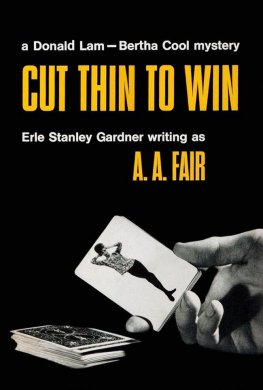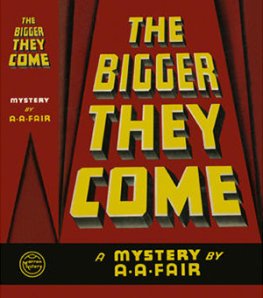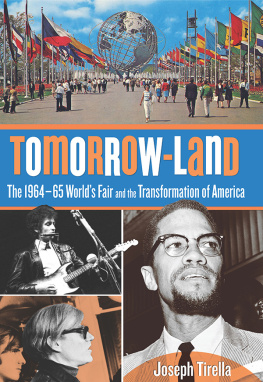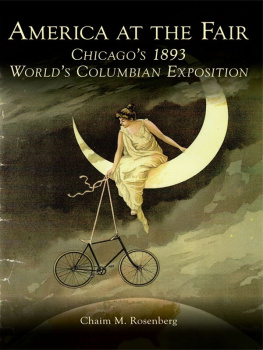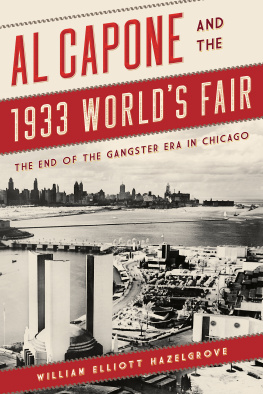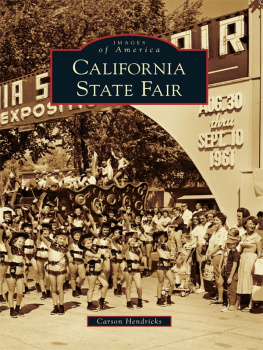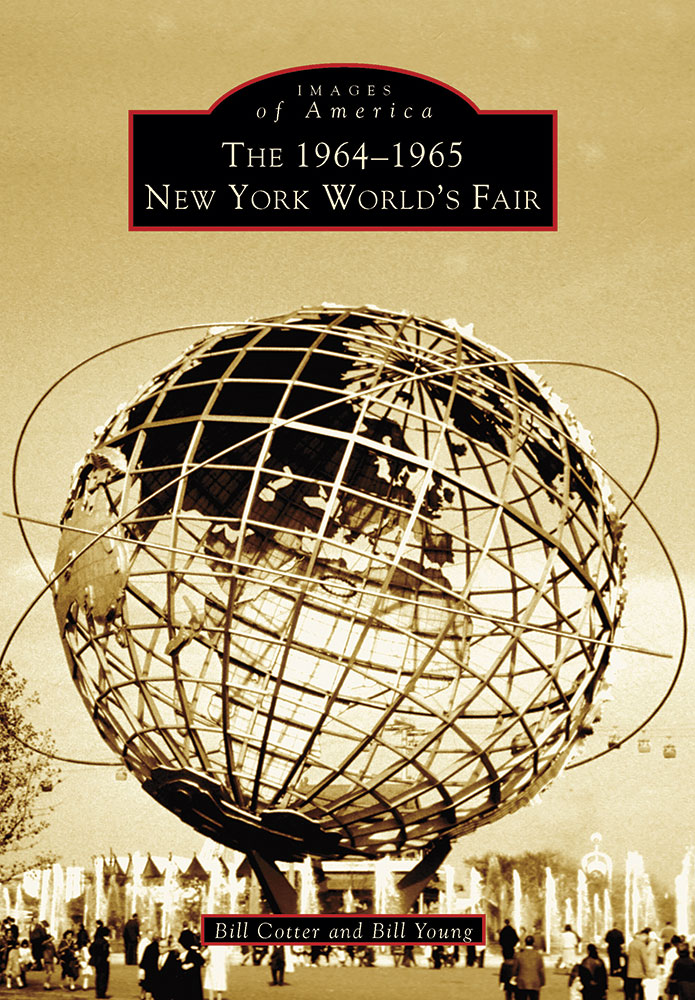
IMAGES
of America
THE 19641965
NEW YORK WORLDS FAIR
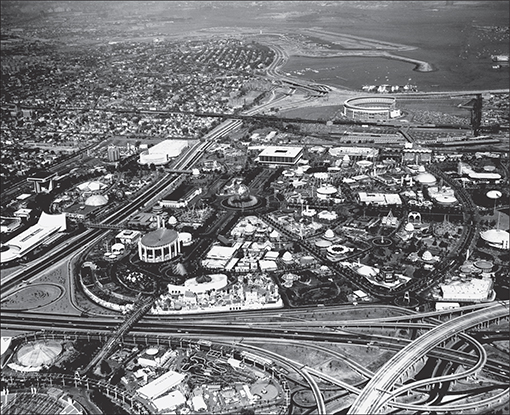
The 19641965 New York Worlds Fair was an immense undertaking. In addition to the many pavilions seen here, the project included the construction of the highways to the fairgrounds, extension of railroad lines, and the development of a new marina. Nearby Shea Stadium was built at the same time.
IMAGES
of America
THE 19641965
NEW YORK WORLDS FAIR
Bill Cotter and Bill Young

Copyright 2004 by Bill Cotter and Bill Young
ISBN 978-0-7385-3606-4
Ebook ISBN 9781439642153
Published by Arcadia Publishing
Charleston, South Carolina
Library of Congress Catalog Card Number: 2004103581
For all general information contact Arcadia Publishing at:
Telephone 843-853-2070
Fax 843-853-0044
E-mail
For customer service and orders:
Toll-Free 1-888-313-2665
Visit us on the Internet at www.arcadiapublishing.com
CONTENTS

Wonders awaited those holding a ticket to the fair. Prices were reasonable: $2 for adults, $1 for childrenand that was before any group discounts. Although slightly more expensive in 1965, when compared to the price of todays theme parks, the fair truly was a bargain.
I cannot remember the actual date of my first visit to the fair. I really wish I could, because that visit and the ones to follow had a profound effect on me. I was 12 years old in 1964, and my first impression of the sights and sounds of Flushing Meadows made me realize that the adults of the time must really have lost their minds. Why else, I wondered, would they build such a magical world and plan to tear it down in two years?
During the run of the fair, I kept waiting for the grownups to come to their senses, but just in case they did not, I went as often as I could. There were visits with my family, with the Boy Scouts, and with friends and their families. Then, much to my surprise and joy, my parents agreed that I could go there on my own as long as I took one of my younger brothers. More trips followed, and my coin collection vanished in the pursuit of tickets and Bel-Gem waffles.
I have always been a collector of souvenirs from places I visit, and the fair was certainly a great spot to add new treasures to my collection. Today, 40 years and several moves later, I still have the box of souvenirs I gathered at the fair. Opening it and flipping through the brochures, maps, and photographs is like a time machine for mea return to a world where the future was promised to be bright and wonderful.
I have also been interested in photography as long as I can remember. I have spent countless hours reliving the days of the fair and recalling half-forgotten moments and sights as I spot them again on film, and I hope the photographs in this book work the same magic for you.
As we know, the world leaders of 1964 and 1965 did not share my visions and plans for the fair, and by 1966, it was all gone. Although I can no longer walk past the pavilions, watch the waving flags, or enjoy the fireworks over the Fountain of the Planets, I still have to smile when I think of the fair. After all, my visits there played a large part in my later working for Disney, where I met my wife. She never visited the fair herself, but happily, she indulges me in my efforts to travel back in time.
Bill Cotter
www.billcotter.com
April 2004
I loved The Jetsons, that space-age cartoon series featuring the 21st-century Jetson family, their dog, Astro, and faithful maid, Rosie the robot. From the night the television show first aired in 1962, I could not wait to grow up so I could eat a breakfast of blue pills, put on my silver jump suit, hop into my flying car, and travel to my high-rise office-on-a-pole to spend my day working on my own computer. What a future that was going to be!
A few years ago, a commercial for a computer brand aired on network television. In the advertisement, a family of four is shown driving through a city in a sleek minivan. Mom and dad are in the front seat, while son and sis are in the back seat, chatting away with friends on their cell phones. Dad pulls up to a school, and the kids head off to class with a cheerful wave. Next stop: a shopping center. As dad drops mom off for her day with friends, he hands her his debit card. With a sly smile, mom snatches his wallet instead and heads off. Dad just chuckles and continues on to work. He arrives there and travels up the side of his high-rise office building in a glass elevator. Once inside his office, he leans back in his chair and props his feet up on his desk as his laptop computer boots up for a day of work.
If the volume were turned down on the television, the advertisement would have appeared to be a rather nondescript commentary on the life of todays ordinary family. It had no words. The message was conveyed through the background music. What was playing? Why, the theme song from The Jetsons, of course. That is when I stopped being disappointed that my life was not filled with flying cars and silver jump suits and realized that I am George Jetson after all.
I have never stopped being fascinated with predictions of life in the future, and there has never been a greater display of ideas for a Jetson-esque life than was presented at that space-age extravaganza called the 19641965 New York Worlds Fair. In 2000, I launched a Web site called www.nywf64.com to indulge and to share my interest in that amazing fair. The Web site has proven its popularity. It seems I am not the only one fascinated with past predictions of life in the future. From the Web site has come my friendship with Bill Cotter and this affiliation with Arcadia Publishing and the book you hold in your hands.
Today, I spend my workday in front of a computer screen. A bright blue Pontiac Firebird is as close as I have come to a flying car. Breakfast is not in the form of blue pills, but my nutrition is better than ever. My jeans and sweatshirts are a lot more comfortable than a silver jump suit. In some ways, my life in the future is even better than George Jetsons. I still want a Rosie the robot, though.
Bill Young
www.nywf64.com
April 2004
The old S.O.B. does it again.
The Saturday Evening Post, May 23, 1964, 237th Year, No. 20
Worlds fairs are, by their very nature, special events. Vast resources must be brought to bear in the design, building, and operation of something that is quite transitory in nature. There is great excitement when the fairs are announced and even greater excitement when they open. However, after they close, there is usually little left to mark their existence other than a few leftover buildings and millions of happy memories. Along the way, the fairs entertain, educate, and amuse. They also provide an opportunity for architects to go wild, countries to show off, and companies to advertise as never before.
The 19641965 New York Worlds Fair was one of the biggest international extravaganzas and set records for its size and cost. More than 51 million visitors enjoyed the sights, sounds, and tastes of the fair during two summer seasons. However, before any of the guests could walk through the gate, a tremendous amount of work was required to bring the fair to fruition.
Next page

